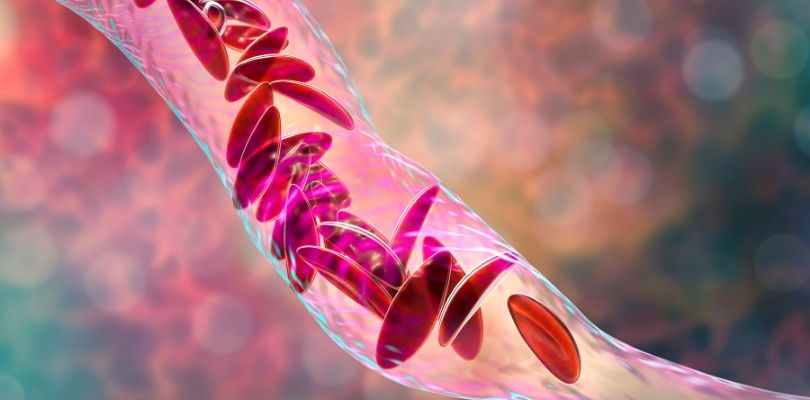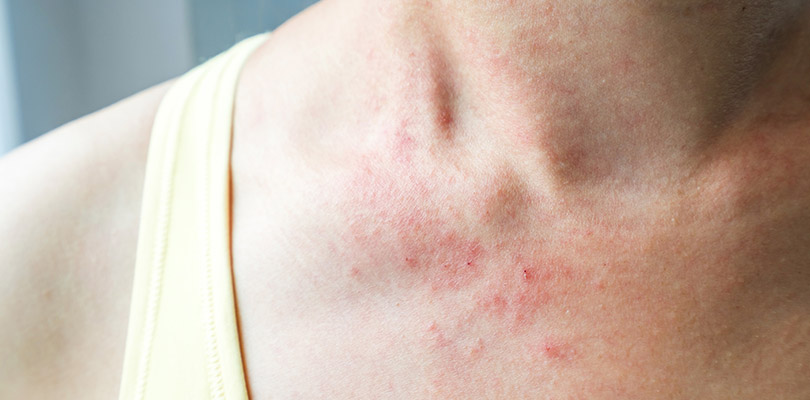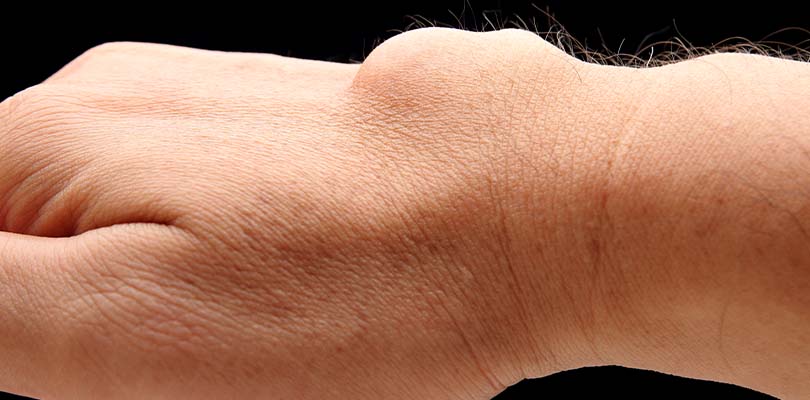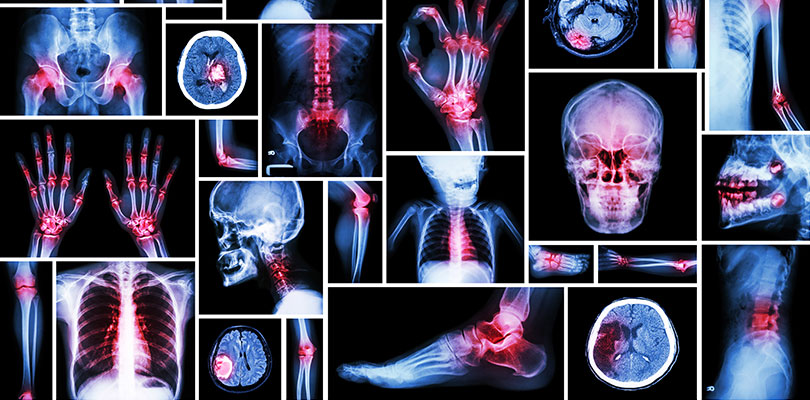What is Sickle Cell Disease?
Red blood cells are an important part of the circulatory system. These cells are like a delivery service and a garbage removal service for the body by using the blood stream to provide oxygen and eliminate carbon dioxide. Healthy red blood cells are shaped like doughnuts. They are nice and round with an indentation in the middle for carting around gases. Sickle cell diseases changes the shape of these helpful blood cells, creating issues for your health. So, what is sickle cell disease? You’re going to find out.
About Sickle Cell Disease
Sickle cell disease is a red blood cell disorder. An abnormal protein, called hemoglobin S (or sickle hemoglobin), may be inherited from your parents if they are carriers for this gene. Sickle cell disease is with you from birth and this illness lasts a lifetime. With sickle cell disease, defective hemoglobin causes the red blood cells to resemble a C-shape and become rigid and sticky. The altered shape and characteristics of sickle cells cause them to get stuck in blood vessels and affect blood flow, resulting in problems like episodes of pain, infection and even stroke.
Types of Sickle Cell Disease
The severity of sickle cell disease ranges widely depending on the individual as well as the type of sickle cell disease they have. There are six types of sickle cell diseases which are differentiated based on a person’s inherited genes:
- Hemoglobin SS (most common)
- Hemoglobin Sβ+ thalassemia (more common)
- Hemoglobin SC (more common but a milder form of sickle cell disease
- Hemoglobin SD (less common)
- Hemoglobin SE (less common)
- Hemoglobin Sβ0 thalassemia (less common)
In all types of sickle cell diseases, at least one of their inherited abnormal genes cause a person’s body to make hemoglobin S.
Sickle Cell Anemia
Sickle cell anemia is the result of a person having two hemoglobin S genes (hemoglobin SS). This is the most common and usually the most severe type of sickle cell disease. Sickle cells can block blood vessels and cut off oxygen to parts of the body. Sickle cells also die off early or get destroyed by the spleen, leaving the body at a deficit for red blood cells. When the body does not have enough red blood cells, the result is anemia.
Signs of sickle cell anemia include fever, swelling in the hands and feet, chest, bones or joints, abdominal swelling (which may be tender or have moments of severe pain), pale skin or nail beds, jaundice and signs or symptoms of stroke.
How Do You Know if You Have Sickle Cell Disease?
If a person has sickle cell disease, it starts when they are born, and abnormal hemoglobin genes are inherited from their parents. If only one parent passes along the gene, the person will have a sickle cell trait, which means they make both normal hemoglobin and sickle cell hemoglobin. It this case, they may not have any symptoms, but they become carriers for sickle cell disease.
Sickle cell disease is often diagnosed based on the results of newborn screening tests in the hospital. Most newborns do not have issues with sickle cell disease until they are half a year old. Sickle cell disease is more common for those with African ancestry or Hispanic background. Other early signs of sickle cell disease are swelling of hands and feet and symptoms of anemia.
Eczema symptoms are different for everyone affected by the condition, and the symptoms of eczema can range anywhere from mild to severe.
Symptoms of Sickle Cell Disease
Since blood circulates throughout the entire body, over time, sickle cell disease can harm many body parts including vital organs, joints, bones, or skin. Symptoms vary among individuals and symptoms can also change over time. Some symptoms and possible complications of sickle cell diseases include:
- Jaundice (yellowing of the skin or whites of the eyes)
- Fatigue or extreme exhaustion
- Infection
- Blood clots
- Delayed growth
- Chronic pain or episodes of pain (pain crises) that can happen almost anywhere in the body
- Damage to lung tissue that results in acute chest syndrome
- Heart, joint, kidney, or liver problems
- Stroke or other brain complications
- Eye problems generally caused by damage to the retina
- Gallstones
- Leg ulcers
- Pregnancy complications
- Erectile issues like priapism
Sickle Cell Treatments
Any treatments that are intended to reduce sickle cell related symptoms are meant to prolong life rather than cure the patient.
Blood and bone marrow transplants are currently the only cure for sickle cell diseases, but they are not an option for many people. Only a small number of people are candidates for the transplant since most patients do not have a genetic match that can be a donor. Transplants are riskier in adults, so older patients are not typically given this treatment option. Transplants for those with proper matches have a high success rate but come with great risks. Your doctor can outline risks associated with your specific type of sickle cell disease.
There are a couple medications recommended for treating sickle cell disease symptoms, such as:
- Penicillin. This is usually prescribed for children under age five. Young children who take penicillin twice a day reduce their chance of severe infection from pneumococcus bacteria.
- Hydroxyurea. This is an oral medicine that helps decrease inflammation and reduces some complications of sickle cell diseases.
Transfusions are another option to treat and prevent sickle cell disease complications. Red blood transfusions increase the number of red blood cells and provide normal red blood cells. Transfusions can help against anemia and enable blood to flow more freely through the blood vessels. Those who have had an acute stroke may also have regular blood transfusions to reduce the risk of having another stroke.
Early diagnosis and regular medical care can help prevent complications of sickle cell disease and make it more manageable. While a bone marrow transplant is not an option for most, talk to your doctor about healthcare measures you can take to help your red blood cells do their job.







